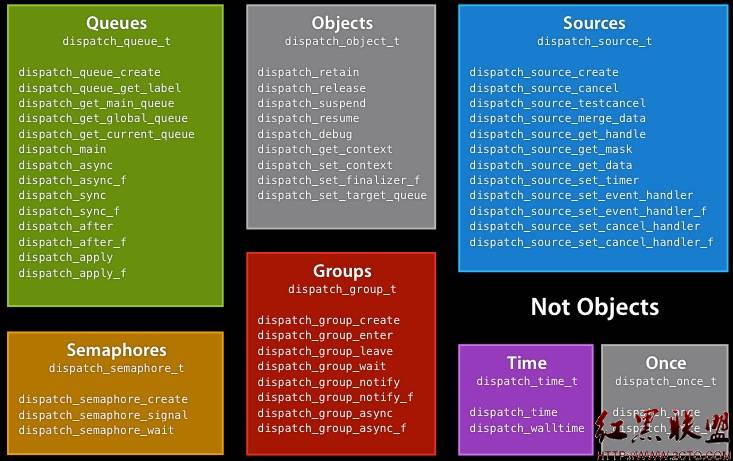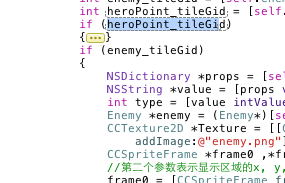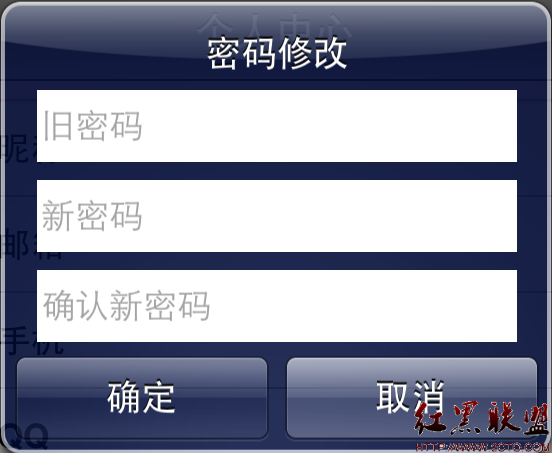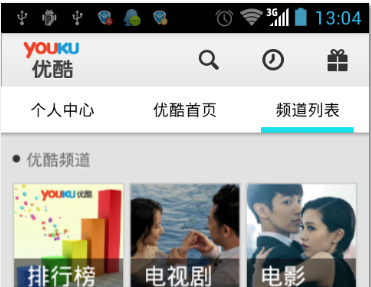IOS开发(26)之UITableView的页眉和页脚
1 前言
UITableView中的每个Section中都可以设置页眉和页脚,来满足需求。用户都可以自己设置。
2 代码实例
ZYViewHeaderFooterController.h:
[plain]
#import <UIKit/UIKit.h>
@inte易做图ce ZYViewHeaderFooterController : UIViewController<UITableViewDelegate,UITableViewDataSource>//添加代理
@property(nonatomic,strong) UITableView *myTableView;
@end
#import <UIKit/UIKit.h>
@inte易做图ce ZYViewHeaderFooterController : UIViewController<UITableViewDelegate,UITableViewDataSource>//添加代理
@property(nonatomic,strong) UITableView *myTableView;
@end
ZYViewHeaderFooterController.m:
[plain]
@synthesize myTableView;
- (id)initWithNibName:(NSString *)nibNameOrNil bundle:(NSBundle *)nibBundleOrNil
{
self = [super initWithNibName:nibNameOrNil bundle:nibBundleOrNil];
if (self) {
// Custom initialization
}
return self;
}
- (void)viewDidLoad
{
[super viewDidLoad];
// Do any additional setup after loading the view, typically from a nib.
self.view.backgroundColor = [UIColor whiteColor];
myTableView = [[UITableView alloc] initWithFrame:self.view.bounds style:UITableViewStyleGrouped];//设置列表样式为简单的样式 还有一个样式为UITableViewStyleGrouped为分组模式 UITableViewStylePlain为普通的样式
self.myTableView.delegate = self;//设置代理为自身
myTableView.dataSource = self;//设置数据源为自身
self.myTableView.autoresizingMask = UIViewAutoresizingFlexibleWidth|UIViewAutoresizingFlexibleHeight;//确保TablView能够正确的调整大小
[self.view addSubview:myTableView];
}
//设置每个Section呈现多少行
-(NSInteger)tableView:(UITableView *)tableView numberOfRowsInSection:(NSInteger)section{
return 3;
}
//每行像是的数据
-(UITableViewCell *) tableView:(UITableView *)tableView cellForRowAtIndexPath:(NSIndexPath *)indexPath{
UITableViewCell *result = nil;
if ([tableView isEqual:myTableView]) {
static NSString *tableViewCellIdentifier = @"MyCells";//设置Cell标识
result = [tableView dequeueReusableCellWithIdentifier:tableViewCellIdentifier];//通过标示符返回一个可重用的表视图单元格对象
if (result == nil) {
result = [[UITableViewCell alloc] initWithStyle:UITableViewCellStyleDefault reuseIdentifier:tableViewCellIdentifier];//初始化一个表格单元格样式和重用的标识符,并将它返回给调用者。
}
//indexPath.section 表示section的索引 indexPath.row表示行数的索引
result.textLabel.text = [NSString stringWithFormat:@"Section %ld,Cell %ld",(long)indexPath.section,(long)indexPath.row];
}
return result;
}
//设置Section的Header
-(NSString *)tableView:(UITableView *)tableView titleForHeaderInSection:(NSInteger)section{
NSString *result = nil;
if ([tableView isEqual:myTableView]&§ion==0) {
result = @"Section 0 Header";
}
return result;
}
//设置Section的Footer
-(NSString *)tableView:(UITableView *)tableView titleForFooterInSection:(NSInteger)section{
NSString *result = nil;
if ([tableView isEqual:myTableView]&§ion==0) {
result = @"Section 0 Header";
}
return result;
}
@synthesize myTableView;
- (id)initWithNibName:(NSString *)nibNameOrNil bundle:(NSBundle *)nibBundleOrNil
{
self = [super initWithNibName:nibNameOrNil bundle:nibBundleOrNil];
if (self) {
// Custom initialization
}
return self;
}
- (void)viewDidLoad
{
[super viewDidLoad];
// Do any additional setup after loading the view, typically from a nib.
self.view.backgroundColor = [UIColor whiteColor];
myTableView = [[UITableView alloc] initWithFrame:self.view.bounds style:UITableViewStyleGrouped];//设置列表样式为简单的样式 还有一个样式为UITableViewStyleGrouped为分组模式 UITableViewStylePlain为普通的样式
self.myTableView.delegate = self;//设置代理为自身
myTableView.dataSource = self;//设置数据源为自身
self.myTableView.autoresizingMask = UIViewAutoresizingFlexibleWidth|UIViewAutoresizingFlexibleHeight;//确保TablView能够正确的调整大小
[self.view addSubview:myTableView];
}
//设置每个Section呈现多少行
-(NSInteger)tableView:(UITableView *)tableView numberOfRowsInSection:(NSInteger)section{
return 3;
}
//每行像是的数据
-(UITableViewCell *) tableView:(UITableView *)tableView cellForRowAtIndexPath:(NSIndexPath *)indexPath{
UITableViewCell *result = nil;
if ([tableView isEqual:myTableView]) {
static NSString *tableViewCellIdentifier = @"MyCells";//设置Cell标识
result = [tableView dequeueReusableCellWithIdentifier:tableViewCellIdentifier];//通过标示符返回一个可重用的表视图单元格对象
if (result == nil) {
result = [[UITableViewCell alloc] initWithStyle:UITableViewCellStyleDefault reuseIdentifier:tableViewCellIdentifier];//初始化一个表格单元格样式和重用的标识符,并将它返回给调用者。
}
//indexPath.section 表示section的索引 indexPath.row表示行数的索引
result.textLabel.text = [NSString stringWithFormat:@"Section %ld,Cell %ld",(long)indexPath.section,(long)indexPath.row];
}
return result;
}
//设置Section的Header
-(NSString *)tableView:(UITableView *)tableView titleForHeaderInSection:(NSInteger)section{
NSString *result = nil;
if ([tableView isEqual:myTableView]&§ion==0) {
result = @"Section 0 Header";
}
return result;
}
//设置Section的Footer
-(NSString *)tableView:(UITableView *)tableView titleForFooterInSection:(NSInte
补充:移动开发 , IOS ,




